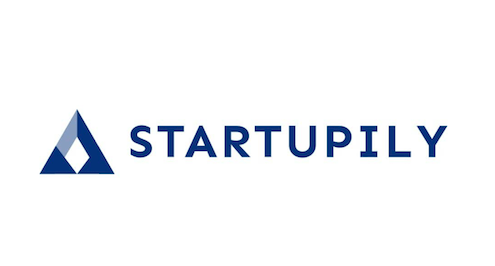According to the 2021 Bureau of Labor Statistics report, the turnover rate in the retail industry in 2020 was 57.3%. To put this in context, the average turnover rate for all industries in the US is 19%. The retail industry has always been notorious when it comes to employee turnover. And the COVID-19 pandemic aggravated this, further contributing to the vicious and expensive cycle of constantly sourcing, hiring, onboarding, and training new employees.
Why is Staff Turnover High in the Retail Industry?
These are some of the reasons why employees leave their jobs in retail.
- They are not paid well.
- Part-time employees are not provided benefits programs.
- Training is not sufficient.
- Expectations are unclear and unfair.
- Job is physically demanding (i.e., heavy lifting, standing for long periods)
- Having to work on weekends, evenings, and holidays
- Inability to move up within the company due to lack of opportunity
Why is Employee Turnover a Concern?
A high employee turnover rate can create a dent in a retailer’s finances in a lot of ways, including:
- Paying the employee severance pay when they leave the company
- Paying the employees overtime pay when they need to cover for the departing employee
- Spending for the recruitment of a new employee
- Spending for training the new employee, and for the staff who will lead the training
- Losing sales due to less experienced employees
Aside from the financial repercussions, high employee turnover also means having to constantly allot time training and upskilling new employees. This will greatly affect productivity. Customer loyalty may also be affected, especially if the employee who left had great relationships with patrons.
How do you Reduce Staff Turnover Rate in the Retail Industry?
Building and retaining a strong, engaged, and dedicated workforce takes strategy and time. And if it means that employees believe in your company and will stick around for long periods of time, and ultimately, drive sales and increase your profit margins, it’s worth the try, right?
Optimize Your Hiring Process
From sourcing to screening to selecting new employees, your goal should be to hire the right people. This means that you have the right candidates hitting the “apply” button. The job description is where it all starts. It must clearly communicate the expectations and requirements of the position.
Hiring people who are not fit for the job is the surest way to high staff turnover. You can address this by screening and selecting applicants better. Instead of focusing on an applicant’s previous experience, try to assess them for skills that your top performers possess. This can help predict if they will thrive in the position they’re vying for.
Arrange Thorough Onboarding
Integrate new hires with the existing team through a thorough and streamlined onboarding process. This important step can set them up for success. Ensure that new hires learn about the company rules, procedures, as well as best practices during onboarding. At the same time, the onboarding process should also be an opportunity for them to get a head start on learning about their roles and to have a feel of being part of the team.
Offer Ongoing Learning Opportunities
Provide learning and development programs where employees can refresh their knowledge and learn new skills that will help them move forward in their careers in the future. This can include team-building activities, seminars, workshops, and leadership training, to name a few. When employees are offered the opportunity to improve themselves, they are more likely to consider staying for the long term and building a long-lasting career with the company.
Strike a Balance between Flexibility and Stability
With its fast-paced nature, the retail industry may not be a place where you’d expect a lot of flexibility. However, this does not mean that you cannot provide your employees with a positive work environment. Offer flexibility in schedules, vacation leaves, and paycheck schedules.
On the other hand, stability is necessary for making sure that employees do not end up stressed. Optimal scheduling is then crucial in building predictability and making sure that employees know in advance when they will be working. This gives employees the chance to plan their time and, ultimately, live a balanced life.
Provide fair Wages, Perks, Rewards, and Benefits
Frontline retail employees don’t usually get the benefits and bonuses that managers and those in corporate positions get on a regular basis. Offering incentives — monetary rewards and bonuses — can be a good way to increase employee motivation and engagement.
What employees want most are increased pay, a more comprehensive healthcare plan, and paid leaves. If you are able to provide these, then, by all means, provide them; because chances are your retail workers will be there for the long haul for them. But if your company cannot cover the costs, you can start off with the more affordable perks such as in-store discounts, special incentives, and free breakfast in the break room.
Takeaway
Employee turnover is a real concern for retailers. And while it is inevitable for employees to leave the company at some point, you can direct your attention and resources to increase employee retention by hiring the right people, streamlining your onboarding process, providing continuous learning opportunities, offering both flexibility and stability, and providing a fair wage, benefits, and perks.
- Driving Sustainability Forward: How ESG Reporting Technology Helps Companies Lead With Purpose
- Creating A Hygienic Environment: Three Of The Most Important Aspects Explored
- How to Grow Your Career Through the Many Stages of Self-Employment
- How To Give Your Marketing Campaign More Impact
- 3 Operational Tips For The Closure Of An Unsuccessful Business

